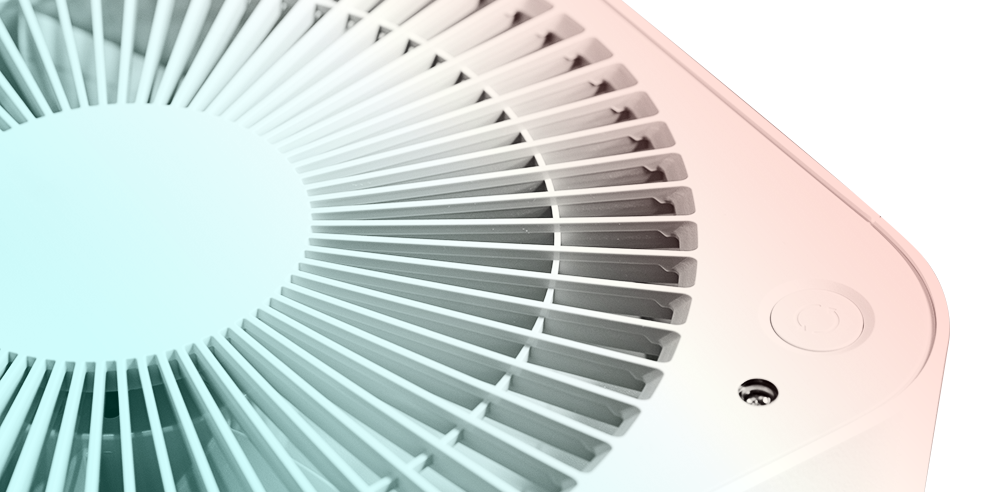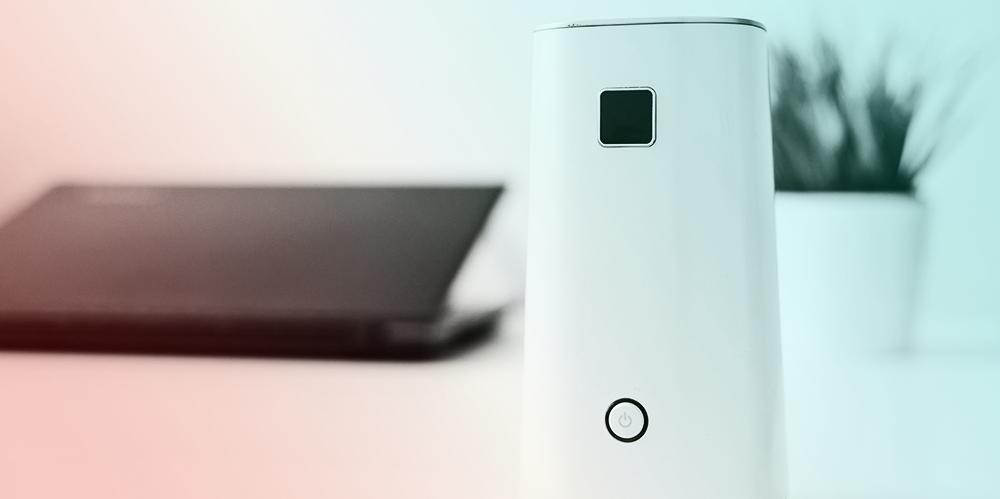
The pandemic created a new awareness of public health, the built environment, and the air we breathe. In 2020, homeowners and businesses were suddenly struggling to understand concepts like particulate spread and filtration ratings. Energy consumers considering air purification technologies wonder whether they will truly slow the spread of COVID-19 or abate the effects of urban pollution and wildfires. Utilities, too, are faced with public health challenges. They are asking themselves: How do we improve indoor air quality without increasing costs? Does science support the hype when it comes to new technologies?
Airing Out Our Problems
For decades, scientists have flagged indoor air quality (IAQ) concerns. These range from elevated levels of carbon monoxide that might come from gas stoves or atmospherically vented gas hot water heaters to the off-gassing of volatile organic compounds (VOC) found in traditional building materials. Recent studies have also linked close proximity to highways and airports to poor IAQ, an especially pernicious problem in low-income neighborhoods and communities of color.
The American Society of Heating, Refrigerating and Air-Conditioning Engineers (ASHRAE), an authoritative voice on IAQ, has weighed in. Its Epidemic Task Force published recommendations in 2021 for Reducing Airborne Infectious Aerosol Exposure proposing that (within limits), “ventilation, filtration, and air cleaners can be deployed flexibly to achieve exposure reduction goals.” The caveat: air cleaners should only be used where there is clear evidence of effectiveness and safety.
Achieving high levels of IAQ requires proper ventilation and HVAC systems that can keep up. This can mean increased energy consumption (as outdoor air needs to be conditioned to the appropriate indoor temperature and humidity). It also requires filtration and air cleaning where outdoor air quality is low.
As we grapple with reducing viral loads in indoor spaces without increasing our utility bills, we share information below on two of the more commonly asked-about technologies.

Technology: Bipolar Ionization
- What is it? Part of a family of ion generators (or ionizers), these technologies change the charge on small airborne particles via electrostatic attraction, pulling them out of the air. Bipolar ionization* has been around for a long time, but there’s growing interest in the technology. It’s believed that because ionizers can remove hydrogen from cells, they could, in theory, “inactivate” virus cells.
- Can it Save Energy? Has potential to reduce ventilation air requirements, lowering HVAC system and fan energy output.
- Can it Improve Public Health? We lack scientifically rigorous, peer-reviewed studies to demonstrate whether bipolar ionization removes, or even significantly reduces, COVID-19 particles.
- Our Take: Studies can’t confirm that bipolar ionization would render airborne viruses inactive, even when those particles are pulled from the air. Because COVID-19 transmission occurs from direct, close contact, using ionizers in closed spaces is unlikely to eliminate the need for masks and social distancing, not to mention some ion generators produce ozone at levels believed to be harmful to humans.
Technology: UV Lights For Air Purification
- What is it? UV lights have been used to clean air via UV germicidal irradiation (UVGI) for many years. In recent years, as a cleaning strategy using upper-air UVC or In-Duct Air Disinfection (Chapter 62 of the 2019 ASHRAE handbook).
- Can it Save Energy? UVGI only saves energy when their electric consumption is less than that required to achieve the same IAQ through increased ventilation and the use of particulate filters.
- Can it Improve Public Health? It varies. Whether these systems kill or deactivate COVID-19 depends on the intensity of the UV light, the duration of irradiation, humidity, and other factors. There is still no “standard method for evaluating culturable bioaerosol inactivation by these devices or the determination of inactivation rate constants.” (ASHRAE)
- Our Take: With the right system, UVGI works to improve IAQ but may not necessarily save energy. Also, the cost of owning and operating a UVC system could dissuade adoption.
The growing interest in IAQ is a win for our industry. We have an opportunity to demonstrate that our work to make homes and businesses more efficient can also improve IAQ and lower COVID-19 transmission risks. But we must demand equitable solutions for utility customers who cannot afford to invest in IAQ improvements so clear air is available to all.
*Editor’s note: The American Society of Heating, Refrigerating and Air-Conditioning Engineer (ASHRAE), does not currently have a Society position on bipolar ionization, but in their outreach to the U.S. Centers for Disease Control, they were told this about ionizers: “This is not to imply that the technology doesn’t work as advertised, only that in the absence of an established body of evidence reflecting proven efficacy under as-used conditions, the technology is still considered by many to be an ‘emerging technology.”






